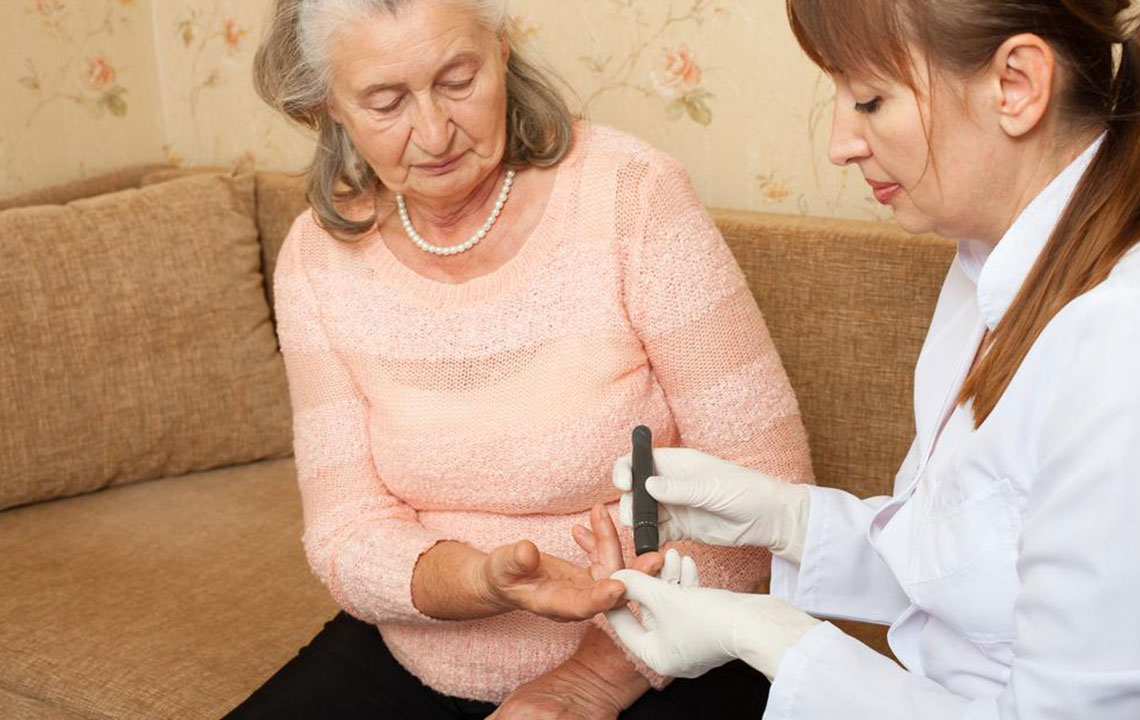All You Need to Know about Diabetes
Diabetes is a disease that is caused by a set of metabolic dysfunctions in your body. Medically, this ailment is referred to as Diabetes mellitus.
Blood glucose is the main source of energy in the body that comes from the food we eat. Insulin, a hormone secreted by the pancreas, helps generate energy from the glucose.

High levels of glucose that remain in the bloodstream as blood sugar leads to several associated health problems over time, one of them being diabetes. An individual also can refer to blood sugar charts to maintain their blood sugar levels when suffering from diabetes.
Types of Diabetes
Diabetes has been categorized into 3 types.
- Type I DM
In this type of diabetes, the pancreas does not produce any insulin at all. The immune system attacks the insulin-producing beta cells in your pancreas, destroying their capability to produce the hormones. As Type I diabetes is usually diagnosed in children and young adults, it is also known as juvenile diabetes or early-onset diabetes. Approximately 10% of all diabetic cases are Type I.
People suffering from Type I diabetes are required to inject insulin into their bodies, in the subcutaneous layer of the abdomen, every day, throughout their lives. They need to regularly monitor their blood sugar levels and keep them balanced by a special diet.
- Type II DM
Type II diabetes develops when the body becomes resistant to insulin, that means the cells don’t use the insulin properly. This leads to an increase in blood sugar levels that harm the insulin-producing cells in the pancreas, and this cause and effect lead to inadequate production of insulin in the body. This type of diabetes can develop at any age, but most often, it occurs in middle-aged or old people. Approximately 90% of all cases of diabetes worldwide are Type II. When an individual suffers from type diabetes - Gestational Diabetes
This type of diabetes affects females who are pregnant. During pregnancy, some women tend to have high levels of blood sugar as the body fails to cope up with the higher requirements of insulin. Mostly, the glucose levels fall back to normal after the baby is born. Yet, medication may be required during or after pregnancy as the body becomes prone to develop Type II diabetes later in life. Undiagnosed gestational diabetes puts you at a higher risk of complications during childbirth. Also, the baby may be bigger in size than normal.
Diabetes Blood Sugar Levels
Sweet carbohydrates, carbon, oxygen, and hydrogen that are water soluble, are generally known as sugar. From the different kinds of sugars available in food, the one our body uses the most is called glucose. Even some other kinds of sugars that we consume like fructose from fruits are converted into glucose in our body.
Once the glucose has been extracted from the food, it makes its way into our bloodstream to be used by the body cells for energy and growth. But this glucose can only be absorbed by our body cells if insulin is present. After our meals, the pancreas starts producing insulin to move the glucose from the blood into cells. When insulin is produced in inadequate quantity, the blood glucose levels remain constantly high.
When the metabolism process malfunctions the glucose absorption does not takes place – the sugars remain in the body, and diabetes blood sugar levels remain high in the blood. This is why diabetes mellitus is classified as a metabolism disorder.
Symptoms and Signs
At the onset of this disease, the early symptoms to lookout for are:
- Hunger and fatigue
When the body fails to use glucose either by being insulin resistant or by lacking adequate quantities of insulin, the energy levels in the body fall. This leads to frequent hunger pangs. - · Frequent urination
The kidneys reabsorb glucose as it passes through them. In the condition of diabetes, the blood sugar levels become too high for the kidneys to reabsorb or bring them back. This causes the body to produce more urine. - · Dry mouth and itchy skin
With loss of fluids due to frequent urination, the body gets dehydrated, which results in extraction of moisture from the skin. Therefore, the skin feels itchy and the mouth gets dry, making you feel thirstier. - · Blurred vision
One of the most tell-tale signs of diabetes is a blurry vision. The change in fluid levels causes the eyes to swell. This leads to change in shape and the ability of the eyes to focus.
Other symptoms include yeast infections, slow-healing sores or cuts, numbness in the feet, weight loss, and a feeling of nausea.
Clinical estimates show that almost 415 million people in the world are suffering from diabetes. One in eleven of the world’s adult population is living with this silent killer disease. This figure is expected to cross 642 million by the year 2040.











